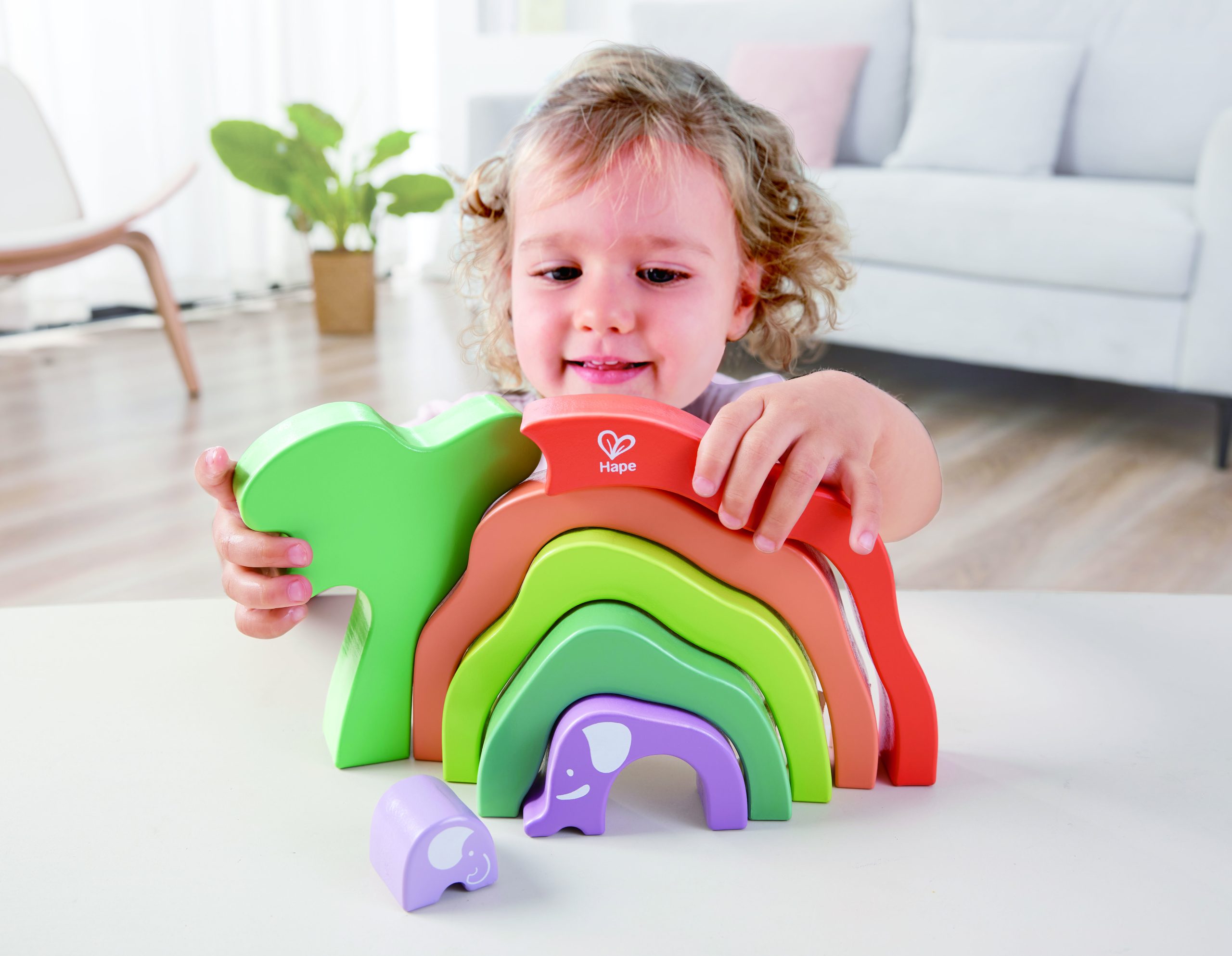09 October 2023
4 min.
Whether they’re bright and beautiful or subtle and muted, colours have a profound impact on our emotions, learning processes and creativity. Colours send unique signals to our brains and can even induce feelings of hunger, tranquillity or anxiety.
During child development, they can amplify a child's learning potential or even distract them, making the right use of colour vital in a learning environment. Read on to learn about the impact colours have on children’s growing brains.

Studies have shown that colours are some of the first words children grasp. They not only help children identify and relate to their environment but also boost memory retention.
In fact, introducing varied hues can expand their vocabulary. This is why a baby, over time, learns to associate red with apples or blue with the sky.
Deepening this understanding allows children to gradually pick up the broader meanings associated with colours, such as red signalling “stop” and green signalling “go” at traffic lights.
Research indicates that in their initial months, infants primarily see in shades of black, white and grey. By three months, brighter primary colours captivate their attention.
As they grow, introducing varied colour palettes can benefit their cognitive development. Even toys, like a coloured play arch, can be instrumental in stimulating their visual senses.
As children get older, they’ll start to develop their own preferences to colour, which can help form the base of their creative self-expression.

The environment we create for our children matters, as colours influence their mood and overall perception. Warm shades like orange or yellow tend to elevate spirits, while cool tones like blue and green can create serene, soothing environments.
Schools and play areas often use a blend of colours to create an environment conducive to learning. For instance, red can enhance productivity, while purple can stimulate creativity. On the other hand, while red might boost brain activity, too much can be overwhelming.
That’s why striking the right balance to boost their brain’s development is important when coordinating the colours that children will interact with on a daily basis.
You don’t need to paint your child’s room bright or varied shades to introduce them to the world of colours. Smaller objects like toys can serve as excellent mediums for introducing colours to your child.
Bright, primary colours are particularly enticing for children. Hape has always prioritised the choice of vivid hues in its toys, ensuring they are both educative and engaging.
For instance, the Magic Touch Xylophone with its vibrant keys not only produces delightful tunes but also refines motor skills and bolsters colour and pattern recognition. Similarly, the Wonderful Beech Blocks’ rich colours and open-ended play help keep children engaged and excited during playtime.
And when it comes to numbers, the Chunky Number Math Puzzle merges colour with learning, making the process more intuitive and fun.
No matter where or how you choose to incorporate colours into your child’s life, whether that’s through the toys they play with or the clothes they wear, you can make a positive impact on your child’s mood and development.

Colours play a pivotal role in influencing the emotions, perceptions and memories during those first foundational years of childhood. The shades that children encounter daily help mould their understanding, creativity and connection to their surroundings and understanding of the world around them.
Recognising the significance of colour in child development enables us to create environments where colours fuel curiosity, foster learning, and form lasting memories. As parents and educators, understanding and harnessing the power of colour becomes an enriching endeavour, building a brighter, more colourful future for our children.